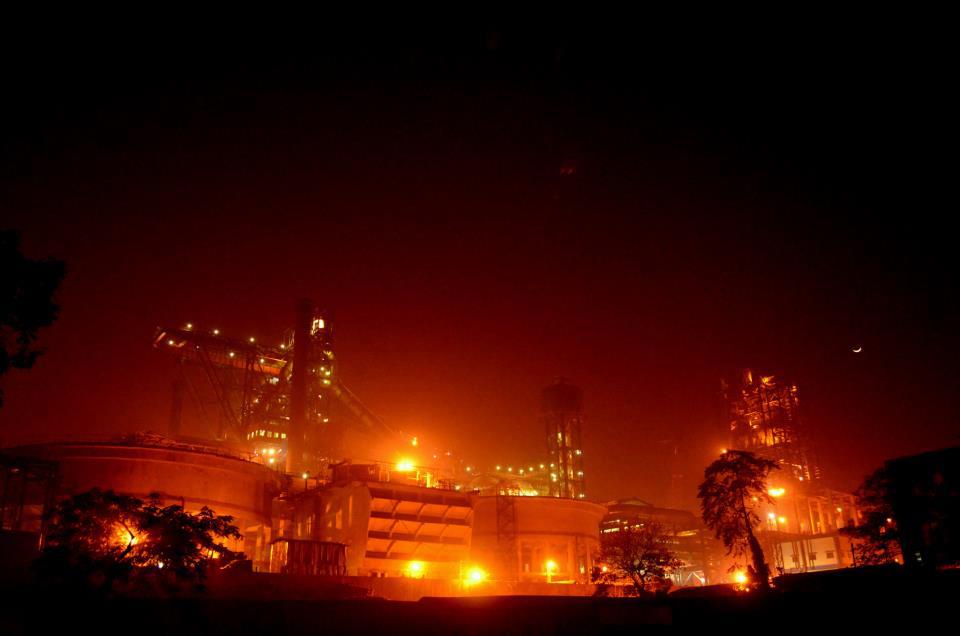India’s First Iron and Steel Industry – India’s iron and steel industry has a long and illustrious history dating back to ancient times. It is believed that ironworking was first introduced in India during the 2nd millennium BCE, with evidence of iron tools and weapons being found in the Indus Valley Civilization. The industry continued to evolve over the centuries, with India becoming one of the world’s largest producers of iron and steel by the 20th century. In this article, we will explore the history of India’s first iron and steel industry, the challenges it faced, and the innovations that propelled it to the forefront of the global industry.
Table of Contents
- Introduction
- Early History of Ironworking in India
- Colonial Era and the Emergence of Modern Steel Industry
- Challenges Faced by Indian Iron and Steel Industry
- Nationalization and Growth of Indian Iron and Steel Industry
- Recent Developments and Future Prospects
- Conclusion
- FAQs
Introduction
Iron and steel are crucial components of modern society, used in everything from construction to manufacturing. India has a rich tradition of ironworking that dates back thousands of years, with early evidence of iron tools and weapons found in the Indus Valley Civilization. However, it was not until the colonial era that India’s iron and steel industry began to take shape.
Early History of Ironworking in India
Ironworking in India has a long and storied history, with evidence of iron tools and weapons dating back to the Indus Valley Civilization (c. 3300 BCE to 1300 BCE). Ironworking techniques continued to evolve over the centuries, with Indian blacksmiths developing advanced methods for forging iron and steel.
The Iron Pillar of Delhi, a 23-foot-tall column of wrought iron, is a testament to the advanced ironworking skills of ancient India. The pillar was erected in the 4th century CE and remains rust-free to this day, thanks to a protective layer of oxide that has formed on its surface over the centuries.
Colonial Era and the Emergence of Modern Steel Industry
The modern iron and steel industry in India owes its origins to the colonial era. The British East India Company, which controlled much of India in the 18th and 19th centuries, saw the potential for India to become a major producer of iron and steel. They began to invest in the industry, building railways and infrastructure to support it.
One of the earliest modern steel mills in India was set up in 1875 by the Tata group in Jamshedpur, in what is now Jharkhand state. The mill initially produced pig iron, but soon began to produce steel using the Bessemer process, a new technology that allowed for mass production of steel.
Challenges Faced by Indian Iron and Steel Industry
The Indian iron and steel industry faced a number of challenges in its early years. One of the biggest was a lack of raw materials. India had plenty of iron ore, but much of it was of low quality, and the country had limited reserves of coking coal, a crucial ingredient in steelmaking.
Another challenge was a lack of capital. The industry was heavily dependent on foreign investment, which was often controlled by British firms. Indian entrepreneurs faced significant barriers to entry, including discriminatory policies and limited access to credit.
Nationalization and Growth of Indian Iron and Steel Industry
Following India’s independence in 1947, the government began to take a more active role in the iron and steel industry. In 1953, the government established the Hindustan Steel Limited (HSL), which later became the Steel Authority of India Limited (SAIL), a state-owned enterprise tasked with developing the industry.
The government also implemented policies to encourage domestic production and reduce reliance on imports. This included the imposition of tariffs on imported steel and the creation of a large public sector presence in the industry.
Despite these efforts, the Indian iron and steel industry continued to face challenges. The sector was plagued by inefficiencies, low productivity, and outdated technology. The government’s focus on import substitution also led to a lack of competitiveness and innovation in the industry.
Recent Developments and Future Prospects
In recent years, the Indian iron and steel industry has undergone significant modernization and consolidation. The government has invested heavily in upgrading existing facilities and building new ones, with a particular focus on the production of high-quality steel.
The industry has also undergone consolidation, with the formation of large, integrated steel companies such as Tata Steel, SAIL, and JSW Steel. These companies have invested heavily in research and development, and have adopted advanced technologies to improve efficiency and reduce costs.
Despite these developments, the Indian iron and steel industry faces a number of challenges. These include high raw material costs, competition from low-cost imports, and a shortage of skilled workers. However, the industry remains an important contributor to the Indian economy, and is expected to continue to grow in the coming years.
Conclusion
India’s iron and steel industry has a rich and complex history, with a legacy that dates back thousands of years. The industry has faced numerous challenges over the years, but has emerged as a major global player in recent decades. While the industry faces ongoing challenges, its future prospects remain strong, with continued investments and modernization efforts driving growth and innovation.
FAQs
- What is the history of ironworking in India?
Ironworking in India has a long and storied history, with evidence of iron tools and weapons dating back to the Indus Valley Civilization (c. 3300 BCE to 1300 BCE).
- What were the challenges faced by the Indian iron and steel industry?
The industry faced challenges including a lack of raw materials, a lack of capital, inefficiencies, low productivity, outdated technology, and a lack of competitiveness and innovation.
- What role did the government play in the Indian iron and steel industry?
Following India’s independence in 1947, the government established state-owned enterprises to develop the industry and implemented policies to encourage domestic production and reduce reliance on imports.
- What recent developments have occurred in the Indian iron and steel industry?
The industry has undergone significant modernization and consolidation, with heavy investments in upgrading facilities and adopting advanced technologies to improve efficiency and reduce costs.
- What are the future prospects for the Indian iron and steel industry?
Despite ongoing challenges, the industry is expected to continue to grow in the coming years, with continued investments and modernization efforts driving growth and innovation.




